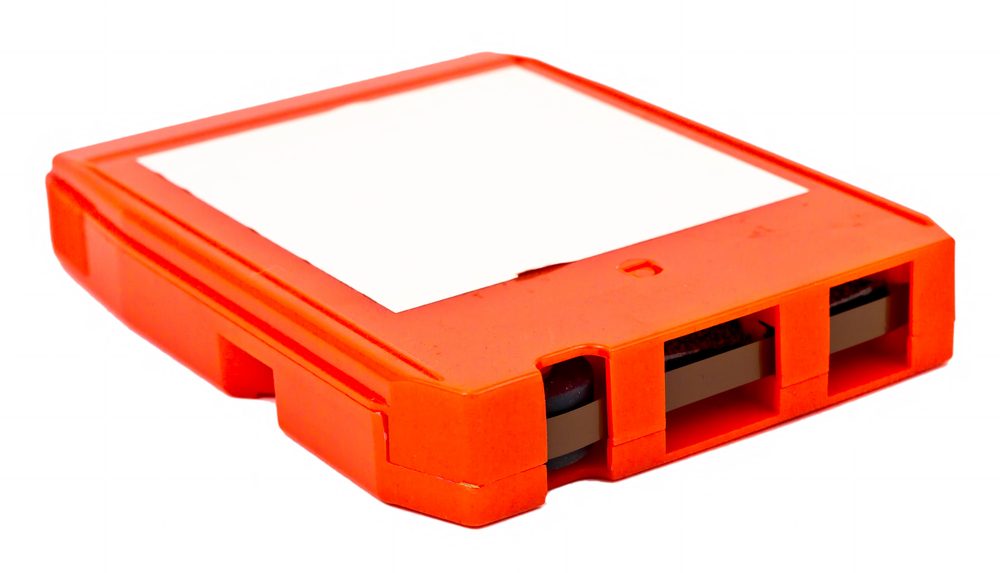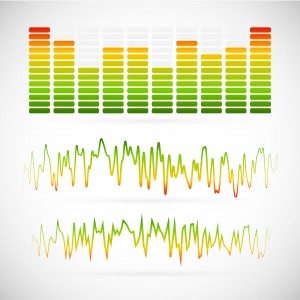
ERISA Recapture Accounts: The Eight-Track Player of 2015 (Part 2)
Read this blog post to learn how ERISA Recapture Accounts might not be as safe as you think. Part 2.
Feb 19, 2015
Did you miss part 1 of this series? Read part 1 here before reading this post.
So What’s The Alternative To ERAs?
The new trend in the industry, which several firms have now figured out, is toward “fee normalization” in lieu of ERISA Recapture. We believe that our firm was one of the pioneers of this approach. But in all honesty, this probably was closer to dumb luck than ‘advance foresight and brilliance’ on our part. In 2006, a certain financial intermediary was pushing us on how “excess revenue sharing” would be handled within their plans. During a brainstorming a solution, we tripped upon fee normalization, which later became the hallmark of our business when we saw how many problems it solved at once.
Under this approach, a typical plan might have an annual base fee, a per participant fee, and a combined “platform fee,” which is an asset-based fee to cover services provided by the administration firm and financial intermediary servicing the plan. The exact mix of the three different fees doesn’t really matter – it’s the concept that is important.
Let’s assume that a $10 million 401(k) or 403(b) plan has an annual base fee of $0, a record keeping fee of $36 per participant ($3/month), and a combined platform fee of 50 basis points, of which 25 basis points is for the administrator and 25 basis points for the advisor or corporate trustee. Under this approach, the record keeper would “normalize” asset based fees at 50 basis points on each fund. So if Funds A, B and C pay total revenue sharing of 35 basis points, 25 basis points and 0 basis points, respectively, a ‘true up fee’ would be applied on these funds of 15 basis points (Fund A), 25 basis points (Fund B) and 50 basis points (Fund C) – producing 50 basis points in total asset based revenues from all funds. (This true up fee is handled in monthly increments). The record keeper would then pay the financial intermediary its 25 basis point fee (2.08 basis points/month) and keep the rest as part of its fee. Another way to say it is, “The record keeper will get 50 basis points into the funnel from each fund, then pay the advisor its share and retain the remainder as its share.”

Fee normalization eliminates fee fairness problems within the plan: Every participant pays exactly 50 basis points in asset based fees, whether that comes from fund revenue sharing or from a fund-level true up fee. It also allows the plan to use the best funds or share classes available without concern over revenue sharing, since all fees are handled equally and within an automated framework – maintaining the “blind scales of justice” approach fiduciaries should have in fund selection and monitoring. When fund revenue sharing levels change, changes are automatically detected and corrected for each month. Fee normalization also eliminates most timing issues; the math is handled monthly in small increments. And it avoids having a residual bucket of money to be accounted for, and all of the associated audit and compliance problems – including the considerable risk of “doing it wrong.” I will also add that, given all the moving parts, I am not sure how record keepers accurately report on ERA arrangements under Regulations 408(b)(2) and 404a-5; however, fee normalization makes the process very clear up front, and is captured in these notices.
It’s also true that many in the industry are proponents of moving to fixed-dollar fees, and use it as a reason to continue pushing ERAs in spite of their many problems. Firms like mine are absolutely willing to quote a plan with a high percentage of fixed-dollar fees (e.g., base fees and per participant fees) and a much lower platform fee if is the client’s goal. Normalization makes this possible and highly automated. But the fact is, if a 100-participant plan grows from $2 million to $10 million in assets, the record keeper faces a significantly higher “liability cost” for handling that plan. This risk must be paid for somehow. That’s why most providers insist on having some level of asset-based fees in each relationship, which lends itself to a platform fee. This allows revenue sharing – even 10 or 15 basis points from certain funds – to be handled in an equitable and transparent manner.
I Know That Readers Of This Piece Will Raise A Few Questions, So Let Me Address Them Now.
One question pertains to “excess revenue:” What happens if you have more revenue sharing than you need on certain funds to cover both the financial intermediary and the record keeper? In our experience, you can almost always solve this problem by moving to a lower cost share class which “undershoots” the platform fee and eliminates the problem in one fell swoop. However, the next phase of normalization (mostly used for large plans) involves an additional ability to “put the toothpaste back into the tube”. Meaning, if we need 45 basis points to cover the combined platform fee for a plan but one fund pays 50 basis points, can we credit those 5 basis points back just to that fund? This is something that my firm and certain others are now able to accommodate. However, this is normally reserved for large plans because ‘jumping to a lower cost share class’ will almost always solve the problem on its own. It’s better to not have the money come out of the participant’s account in the first place (by using a lower cost share class), then have it come out then try to find the most efficient way to put it back in.
Another question will be “Why don’t you just move to 100% institutional share classes, then you effectively solve the problem even with ERISA Recapture Accounts?” The reality is this: Even in lineups that are intended to be all institutional share classes, some funds will decide to pay 10 or 15 basis points, which brings the problem right back again. And, as fee pressure in the industry mounts, fund families are deciding to pay revenue sharing to certain intermediaries rather than reduce the expense ratio of a multi-billion dollar fund at once; it just makes business sense. We have “legacy share class” funds on our platform that previously paid 0 basis points in revenue sharing, but now are willing to pay 25 basis points just to stay on par with other funds. Normalization uses automation across every plan and fund, so that when revenue sharing levels change, the changes are seen and corrected for each month without manual intervention.
Are you still using ERISA Recapture within your plan? If so, now may be a time to explore better options – reducing risk for your plan and solving a range of problems at once. If you’d like to hear more about the BPAS approach, please contact us at 315-292-6900.
